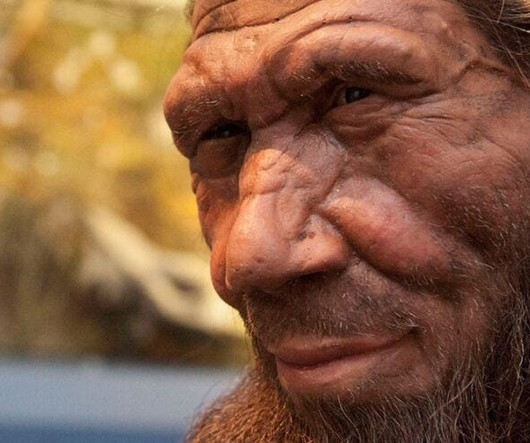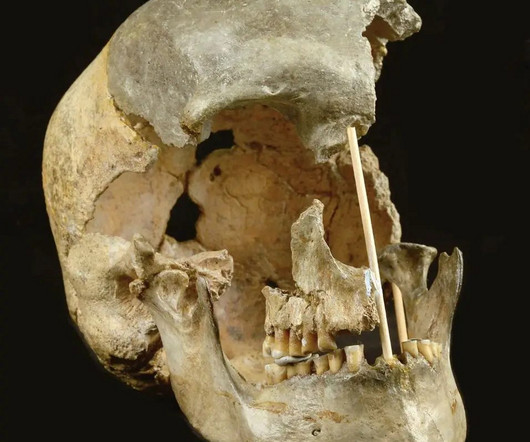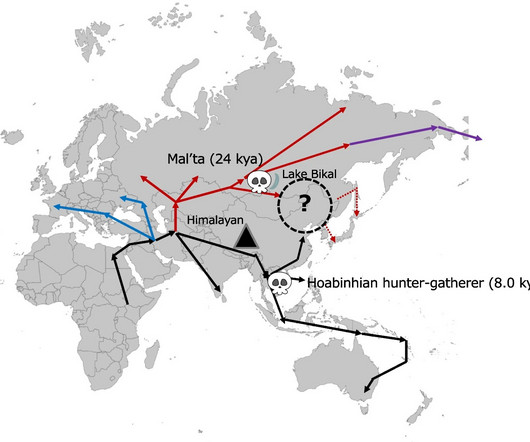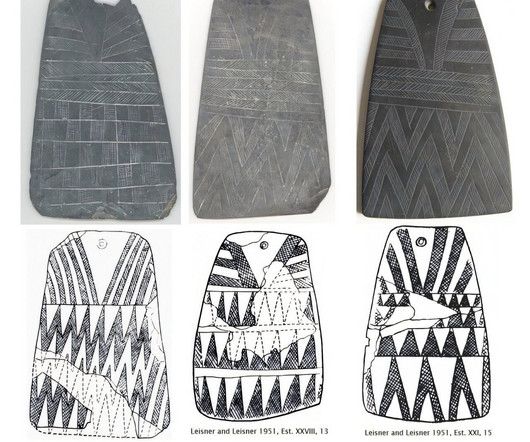The Hidden Code of Greenlanders: What Genetics Reveals About Their Ancestry and Health
Anthropology.net
FEBRUARY 14, 2025
But beneath its frozen surface lies a complex history of human migration, isolation, and adaptation. Because most genomic research has focused on people of European ancestry, existing diagnostic tools and treatments often fail when applied to non-European populations. American Journal of Human Genetics. DOI: 10.1016/j.ajhg.2014.10.005















Let's personalize your content